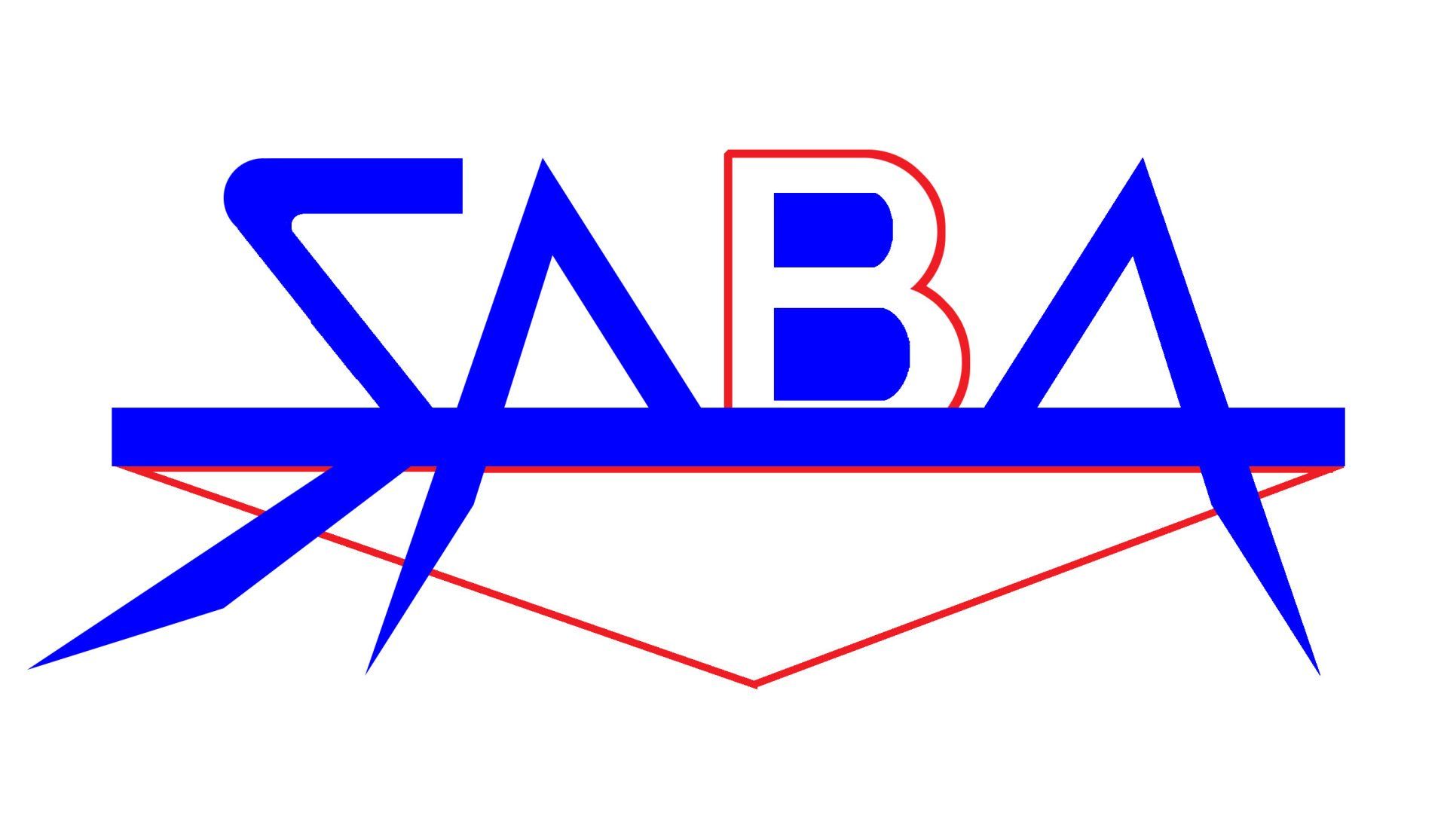Hidden Creative Economy
The Hidden Creative Economy (HiCrEc) is that part of the creative industry that operates outside of the mainstream, without sponsorship or commercial recognition. Within the HiCrEc we can trace where grassroots art forms were first created, and how they grew to become commercial phenomena. Such examples include Grime music, Street Dance and Graffiti art.
This theory was initially created in a 1999 thesis entitled “From Underground To Mainstream”. Within the theory, we identify that the wider society benefits directly whenever the underground art form becomes legitimised by the mainstream society. At this point the benefits are:
Socially
HiCrEc practitioners seek to enjoy the security and stability of mainstream lifestyles when made possible. With mainstream acceptability comes the rejection of haphazard and even life threatening HiCrEc lifestyles, sometimes including the practitioners moving away from the lower income HiCrEc areas.
Economically
With the inclusion of HiCrEc art forms within the mainstream comes increased investment from commercial entities. This can bring increased income to HiCrEc households and increased revenues into the business sector that surrounds them.
The lasting result is that the inclusion of HiCrEc art forms into the mainstream benefits society as a whole. The role of SABA is to try and fast-track HiCrEc inclusion which, in turn, widens opportunities for social mobility. As social mobility is achieved, so is the possibility of improved equality in the wider society.





